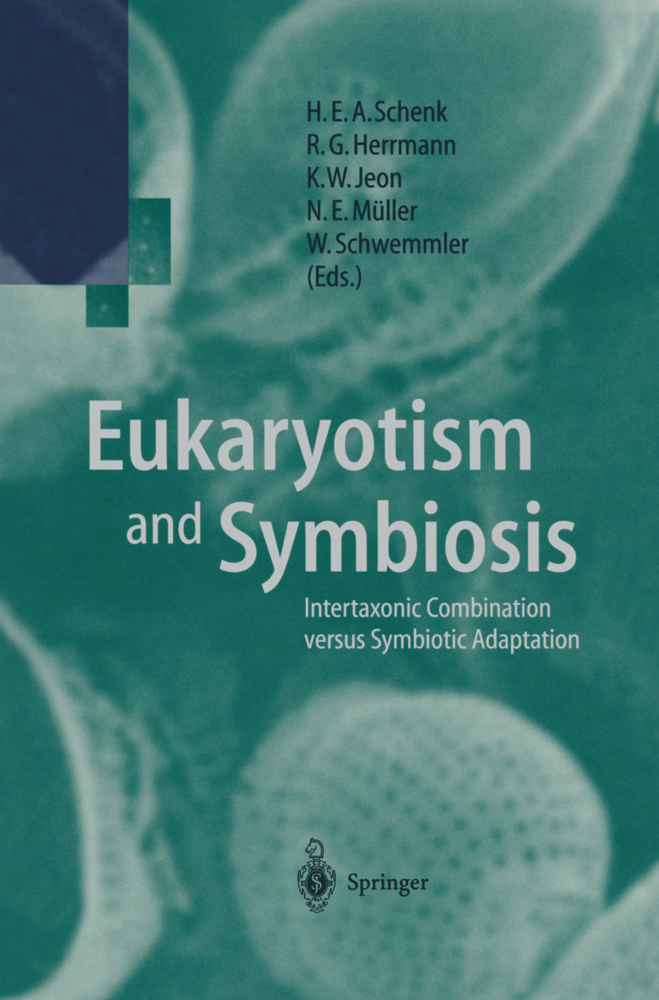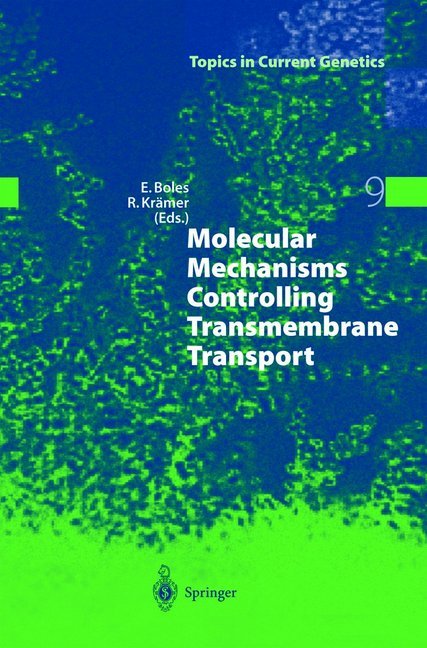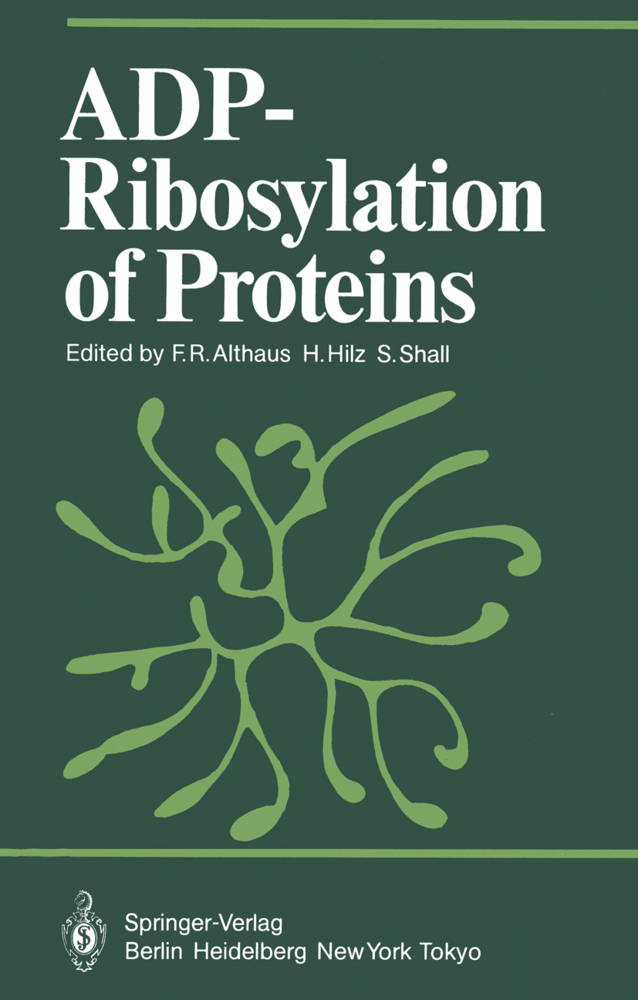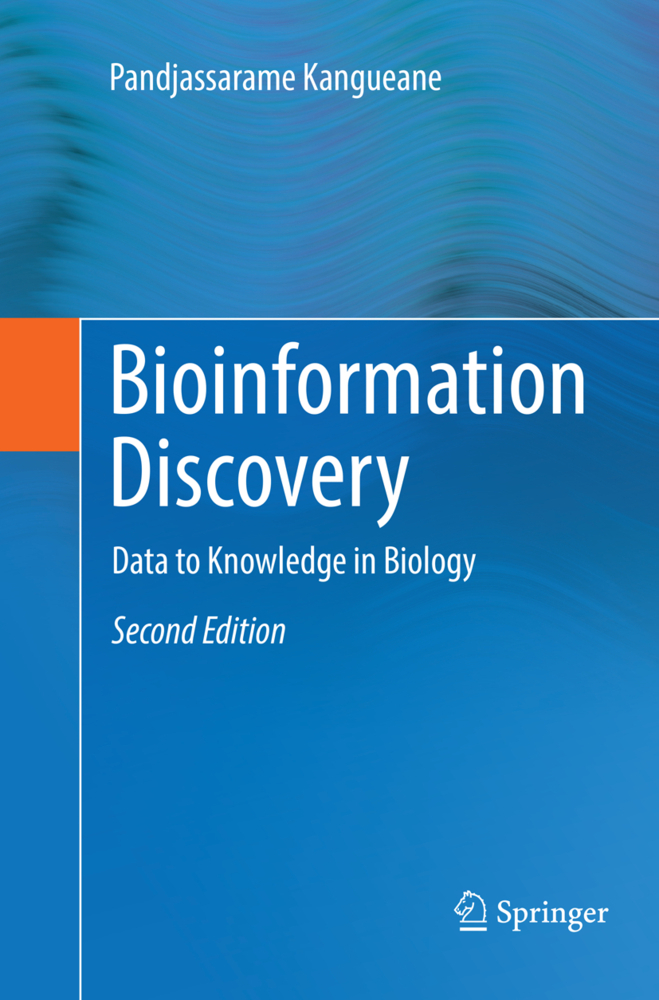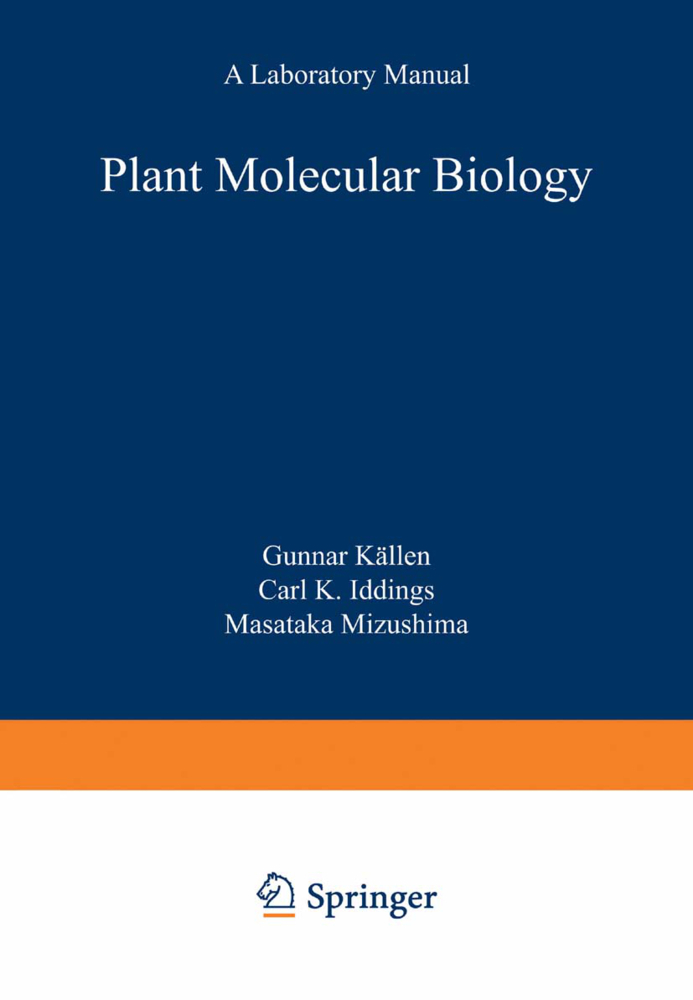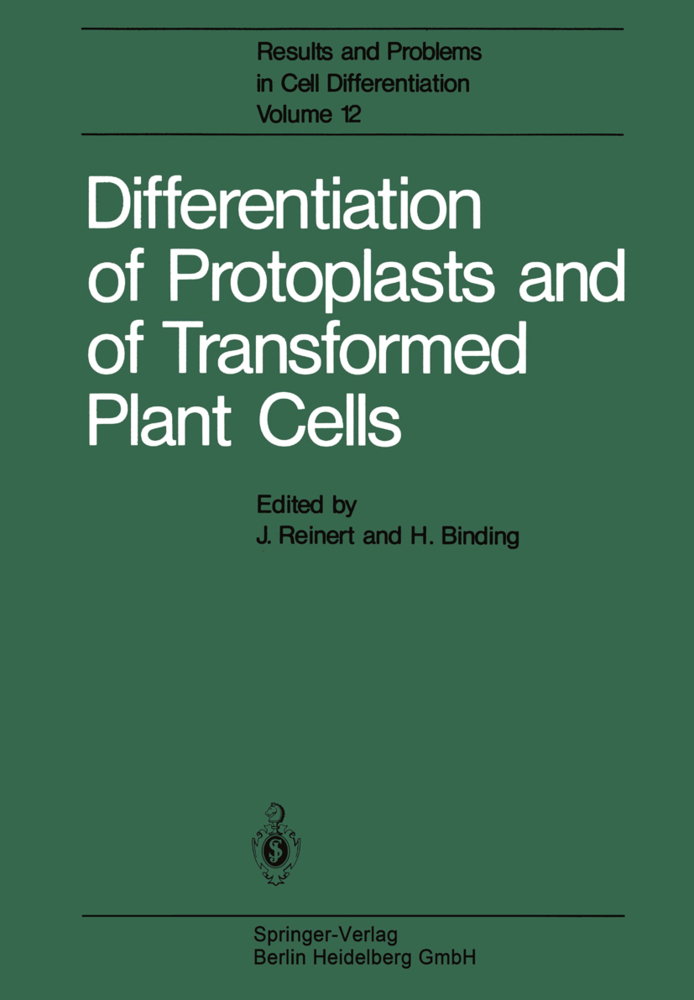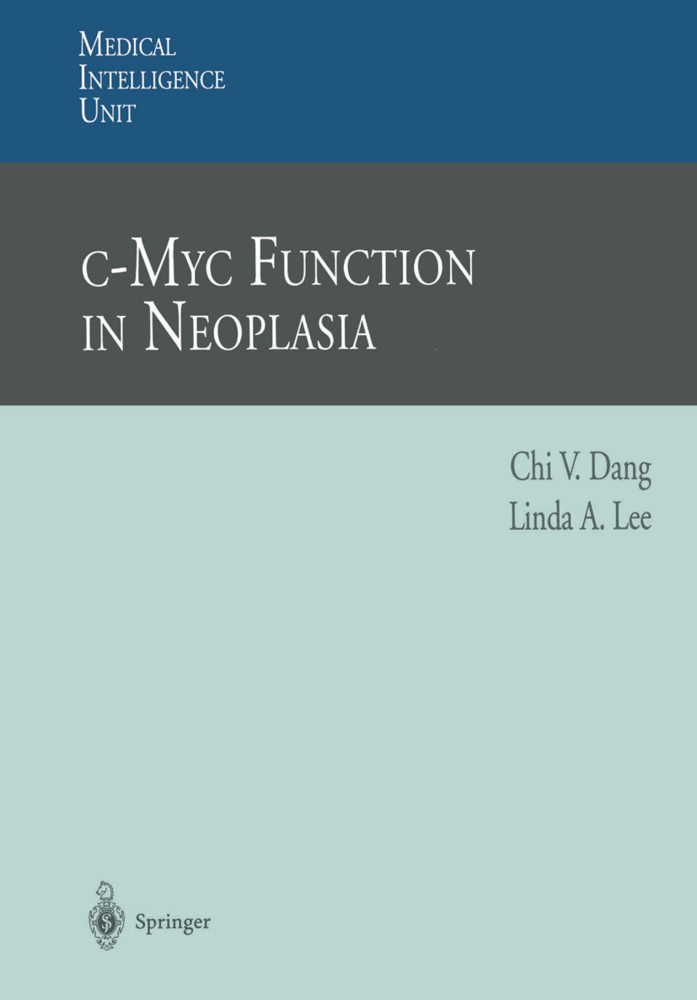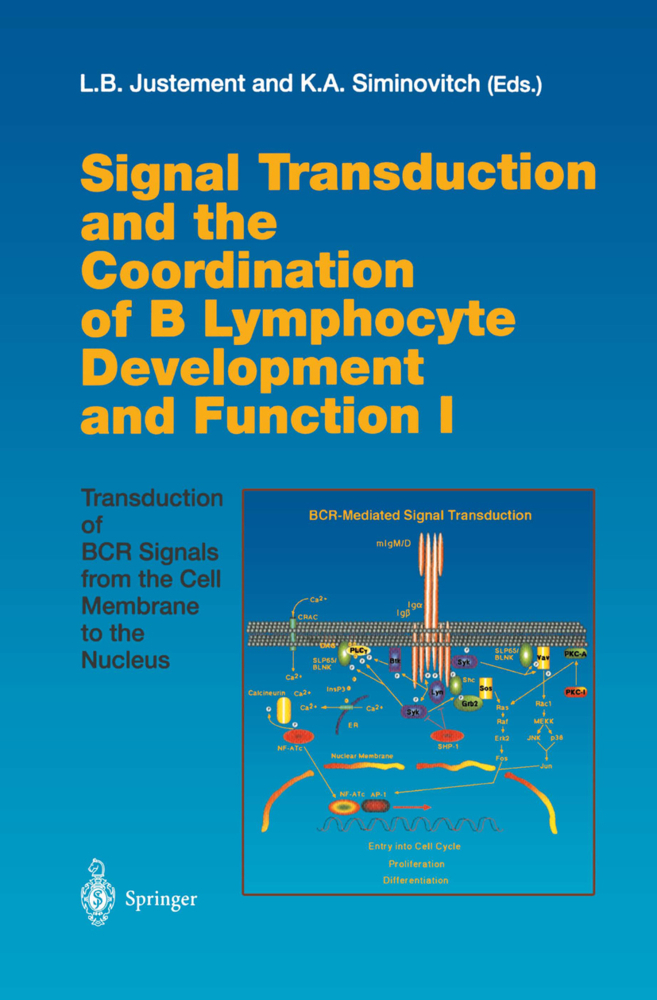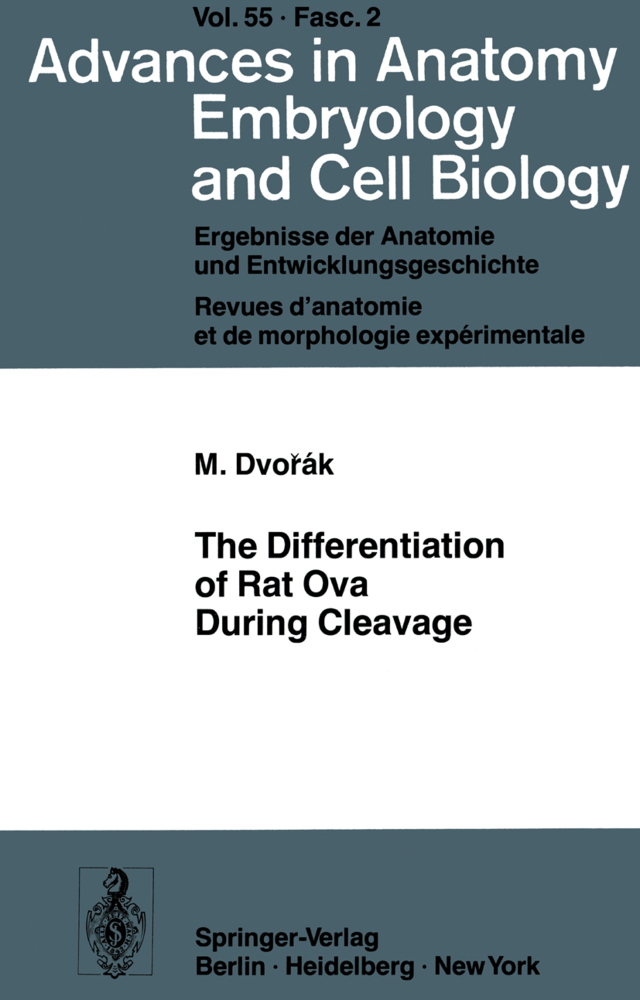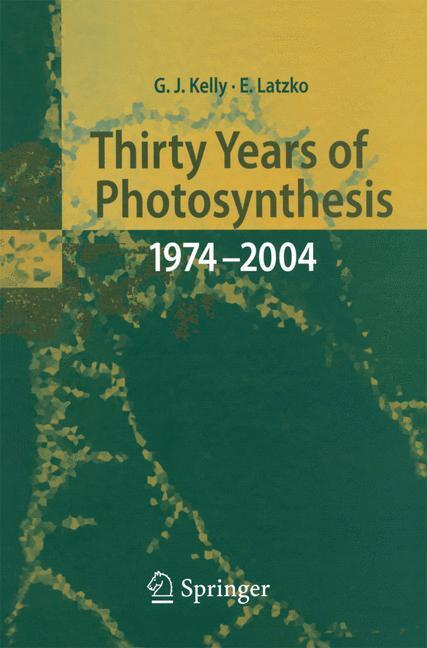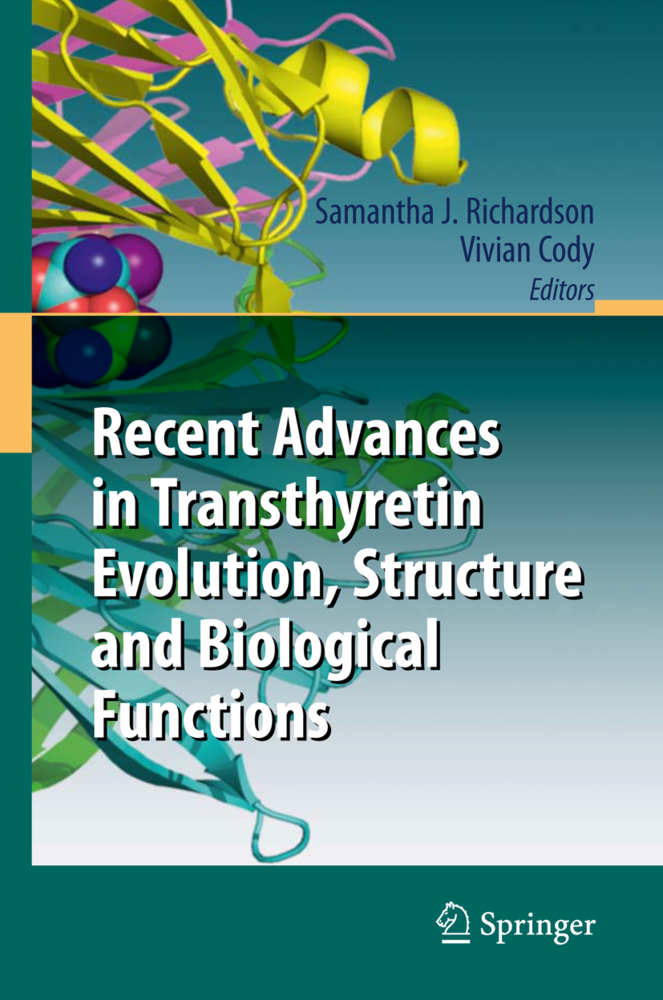Eukaryotism and Symbiosis
Intertaxonic Combination versus Symbiotic Adaptation
Eukaryotism and Symbiosis
Intertaxonic Combination versus Symbiotic Adaptation
New techniques in molecular biology have brought spectacular new insights into the study of evolution at the molecular level. This book presents the resulting relatively new concept of "molecular phylogeny", with an overview of current accomplishments and the future direction of research on organelle origin and evolution and the biology of the "higher cell".
Origin and Evolution of Chloroplasts: Current Status and Future Perspectives
What´s Eating Eu? The Role of Eukaryote/Eukaryote Endosymbioses in Plastid Origins
The Complete Sequence of the Cyanelle Genome of Cyanophora paradoxa: The Genetic Complexity of a Primitive Plant
Plastid-like Organelles in Anaerobic Mastigotes and Parasitic Apicomplexans
Complete Mitochondrial DNA Sequence of Budding Yeast Hansenula wingei Indicates Its Intermediary Characteristics Between Those of Yeasts and Filamentous Fungi
Biogenesis of Hydrogenosomes in Psalteriomonas lanterna: No Evidence for an Exogenosomal Ancestry
1.2 Intertaxonic Combination and Gene Transfer (Interspecific, Intracellular)
Eukaryotism, Towards a New Interpretation
Obituary: Hans Kössel (1934-1995)
Transcript Editing in Chloroplasts of Higher Plants
The Mobile Introns in Fission Yeast Mitochondria: A Short Review and New Data
Gene Transfer from Zygomycete Parasitella parasitica to Its Hosts: An Evolutionary Link Between Sex and Parasitism?
Trans-Kingdom Conjugation as a Model for Gene Transfer from Endosymbionts to Nucleus During the Origin of Organelles
Chronobiology and Endocytobiology: Where Do They Meet?
1.3 Protein Import into Cell Organelles - Exogenosomes and Endogenosomes
Evolution of Protein Sorting Signals
Protein Import into Peroxisomes
Membrane Transport of Proteins: A Multitude of Pathways at the Thylakoid Membrane
Analysis of Mitochondrial and Chloroplast Targeting Signals by Neural Network Systems
1.4 Metabolic Control and Ontogenetic Regulations Between Exogenosomes and Nucleus
Impact of Plastid Differentiation on Transcription of Nuclear andMitochondrial Genes
Glucose-6-Phosphate Dehydrogenase Isoenzymes from Cyanophora paradoxal Examination of Their Metabolic Integration Within the Meta- Endocytobiotic System
The Phycobiliproteins Within the Cyanoplasts of Cyanophora paradoxa Store Carbon, Nitrogen, and Sulfur for the Whole Cell
1.5 Molecular evolution
Hypercycles in Biological Systems
Evolutionary Optimization of Enzymes and Metabolic Systems
The Endocytobiological Concept of Evolution: A Unified Model
Giglio-Tos and Pierantoni: A General Theory of Symbiosis that Still Works
IISymbiotic Systems Adaptation, Signal,Transduction,Taxonomy and Evolution
2.1 Molecular Approach to Taxonomy of Endocytobionts
Progress in the Studies of Endosymbiotic Algae from Larger Foraminifera
Phytogeny Reconstruction Based on Molecular Property Patterns
2.2 Endocytobionts in Protists and Invertebrates
Symbiosis and Macromolecules
Acidification in Digestive Vacuoles Is an Early Event Required for Holospora Infection of Paramecium Nucleus
Monoclonal Antibody Specific for Activated Form of Holospora obtusa, a Macronucleus-Specific Bacterium of Paramecium caudatum
Interactions of Host Paramecia with Infectious Holospora Endocytobionts
Appearance of Viable Bacteria in Acanthamoeba royreba After Amoebic Exposure to Megarad Doses of Gamma Radiation
Endosymbiosis of Sogatodes orizicola (Muir: Insecta) with Yeast-like Symbionts
A Chaperonin-Like Protein in the Principal Endocytobiotes of the Weevil Sitophilus
2.3 Symbiotic Plant Microbe/Fungus Interactions
Host Signals Dictating Growth Direction, Morphogenesis and Differentiation in Arbuscular Mycorrhizal Symbionts
Role of Fungal Wall Components in Interactions Between Endomycorrhizal Symbionts
Control of Elicitor-Induced Reactions in Spruce Cells by Auxin and by Enzymatic Elicitor Degradation
A Novel IS Element is Present in Repeated Copies Among the Nodulation Genes of Rhizobium ´hedysari´
Effect of Drought Stress on Carbohydrate Metabolism in Nodules of Lupinus angustifolius
Creation of Artificial Symbiosis Between Azotobacter and Higher Plants
2.4 Intra- and Extracellular Interactions Between Phycobionts and Mycobionts
News on Geosiphon pyriforme, an Endocytobiotic Consortium of a Fungus with a Cyanobacterium
Isoforms of Arginase in the Lichens Evernia prunastri and Xanthoria parietina: Physiological Roles and Their Implication in the Controlled Parasitism of the Mycobiont
Comparison Between Recent-Isolated and Cultured Populations of Phycobionts from Xanthoria parietina (L.)
Presence and Identification of Polyamines and Their Conjugation to Phenolics in Some Epiphytic Lichens
2.5 Vertebrate Evolution and Medical Significans
Intestinal Methanogens and Vertebrate Evolution: Symbiotic Archea are Key Organisms in the Differentiation of the Digestive Tract
Pleomorphic Bacterial Intracytoplasmic Bodies: Basic Biology and Medical Significance
List of Authors and Participants
Photograph of Many of the Participants (by W. Schwemmler).
PartiIntertaxonic Combinationand the Origin and Differentiation of the Cell
1.1 Phylogeny of ExogenosomesOrigin and Evolution of Chloroplasts: Current Status and Future Perspectives
What´s Eating Eu? The Role of Eukaryote/Eukaryote Endosymbioses in Plastid Origins
The Complete Sequence of the Cyanelle Genome of Cyanophora paradoxa: The Genetic Complexity of a Primitive Plant
Plastid-like Organelles in Anaerobic Mastigotes and Parasitic Apicomplexans
Complete Mitochondrial DNA Sequence of Budding Yeast Hansenula wingei Indicates Its Intermediary Characteristics Between Those of Yeasts and Filamentous Fungi
Biogenesis of Hydrogenosomes in Psalteriomonas lanterna: No Evidence for an Exogenosomal Ancestry
1.2 Intertaxonic Combination and Gene Transfer (Interspecific, Intracellular)
Eukaryotism, Towards a New Interpretation
Obituary: Hans Kössel (1934-1995)
Transcript Editing in Chloroplasts of Higher Plants
The Mobile Introns in Fission Yeast Mitochondria: A Short Review and New Data
Gene Transfer from Zygomycete Parasitella parasitica to Its Hosts: An Evolutionary Link Between Sex and Parasitism?
Trans-Kingdom Conjugation as a Model for Gene Transfer from Endosymbionts to Nucleus During the Origin of Organelles
Chronobiology and Endocytobiology: Where Do They Meet?
1.3 Protein Import into Cell Organelles - Exogenosomes and Endogenosomes
Evolution of Protein Sorting Signals
Protein Import into Peroxisomes
Membrane Transport of Proteins: A Multitude of Pathways at the Thylakoid Membrane
Analysis of Mitochondrial and Chloroplast Targeting Signals by Neural Network Systems
1.4 Metabolic Control and Ontogenetic Regulations Between Exogenosomes and Nucleus
Impact of Plastid Differentiation on Transcription of Nuclear andMitochondrial Genes
Glucose-6-Phosphate Dehydrogenase Isoenzymes from Cyanophora paradoxal Examination of Their Metabolic Integration Within the Meta- Endocytobiotic System
The Phycobiliproteins Within the Cyanoplasts of Cyanophora paradoxa Store Carbon, Nitrogen, and Sulfur for the Whole Cell
1.5 Molecular evolution
Hypercycles in Biological Systems
Evolutionary Optimization of Enzymes and Metabolic Systems
The Endocytobiological Concept of Evolution: A Unified Model
Giglio-Tos and Pierantoni: A General Theory of Symbiosis that Still Works
IISymbiotic Systems Adaptation, Signal,Transduction,Taxonomy and Evolution
2.1 Molecular Approach to Taxonomy of Endocytobionts
Progress in the Studies of Endosymbiotic Algae from Larger Foraminifera
Phytogeny Reconstruction Based on Molecular Property Patterns
2.2 Endocytobionts in Protists and Invertebrates
Symbiosis and Macromolecules
Acidification in Digestive Vacuoles Is an Early Event Required for Holospora Infection of Paramecium Nucleus
Monoclonal Antibody Specific for Activated Form of Holospora obtusa, a Macronucleus-Specific Bacterium of Paramecium caudatum
Interactions of Host Paramecia with Infectious Holospora Endocytobionts
Appearance of Viable Bacteria in Acanthamoeba royreba After Amoebic Exposure to Megarad Doses of Gamma Radiation
Endosymbiosis of Sogatodes orizicola (Muir: Insecta) with Yeast-like Symbionts
A Chaperonin-Like Protein in the Principal Endocytobiotes of the Weevil Sitophilus
2.3 Symbiotic Plant Microbe/Fungus Interactions
Host Signals Dictating Growth Direction, Morphogenesis and Differentiation in Arbuscular Mycorrhizal Symbionts
Role of Fungal Wall Components in Interactions Between Endomycorrhizal Symbionts
Control of Elicitor-Induced Reactions in Spruce Cells by Auxin and by Enzymatic Elicitor Degradation
A Novel IS Element is Present in Repeated Copies Among the Nodulation Genes of Rhizobium ´hedysari´
Effect of Drought Stress on Carbohydrate Metabolism in Nodules of Lupinus angustifolius
Creation of Artificial Symbiosis Between Azotobacter and Higher Plants
2.4 Intra- and Extracellular Interactions Between Phycobionts and Mycobionts
News on Geosiphon pyriforme, an Endocytobiotic Consortium of a Fungus with a Cyanobacterium
Isoforms of Arginase in the Lichens Evernia prunastri and Xanthoria parietina: Physiological Roles and Their Implication in the Controlled Parasitism of the Mycobiont
Comparison Between Recent-Isolated and Cultured Populations of Phycobionts from Xanthoria parietina (L.)
Presence and Identification of Polyamines and Their Conjugation to Phenolics in Some Epiphytic Lichens
2.5 Vertebrate Evolution and Medical Significans
Intestinal Methanogens and Vertebrate Evolution: Symbiotic Archea are Key Organisms in the Differentiation of the Digestive Tract
Pleomorphic Bacterial Intracytoplasmic Bodies: Basic Biology and Medical Significance
List of Authors and Participants
Photograph of Many of the Participants (by W. Schwemmler).
Schenk, Hainfried E.A.
Herrmann, Reinhold G.
Jeon, Kwang W.
Müller, Norbert E.
Schwemmler, Werner
| ISBN | 978-3-642-64598-3 |
|---|---|
| Artikelnummer | 9783642645983 |
| Medientyp | Buch |
| Auflage | Softcover reprint of the original 1st ed. 1997 |
| Copyrightjahr | 2011 |
| Verlag | Springer, Berlin |
| Umfang | XIV, 530 Seiten |
| Abbildungen | XIV, 530 p. 2 illus. in color. |
| Sprache | Englisch |

